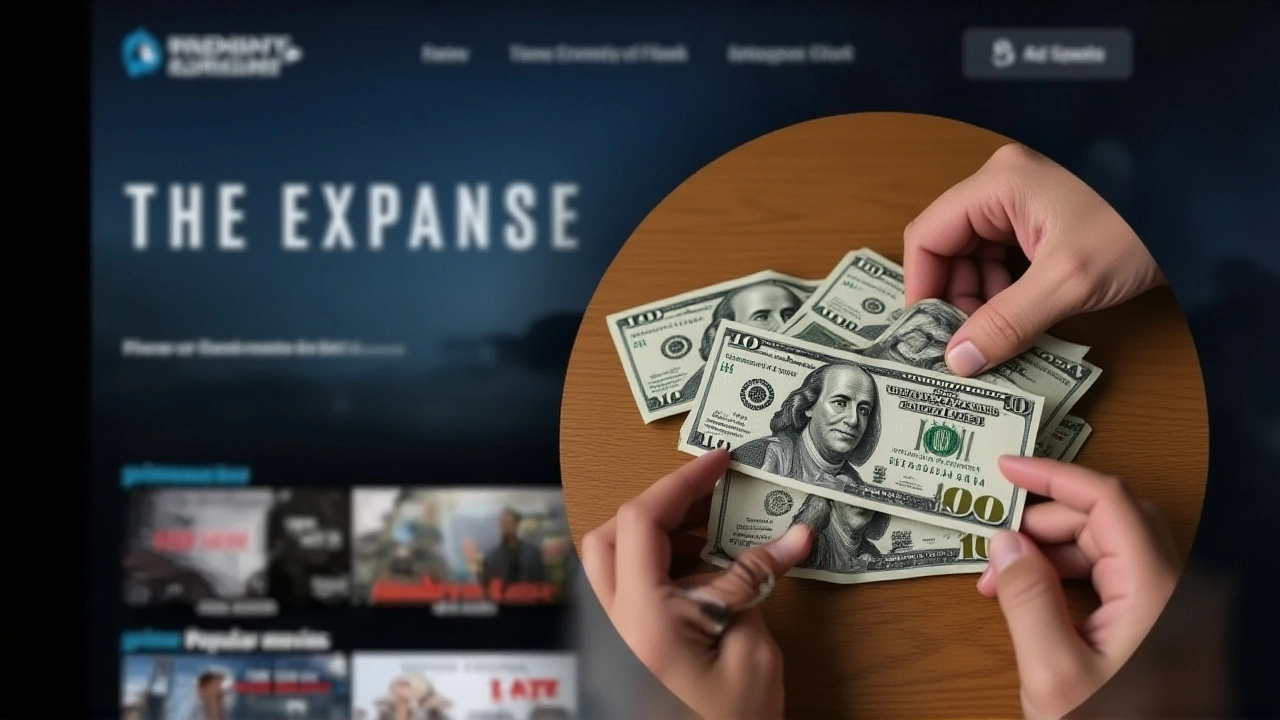When Andrew N. Ferguson, Chairman of the Federal Trade Commission revealed a historic $2.5 billion settlement with Amazon.com, Inc. on a September day in 2025, the deal tackled alleged “subscription traps” that forced millions into Prime memberships without clear consent.
The announcement came from the U.S. District Court for the District of Columbia, where the FTC filed a final order that obliges Amazon to pay a $1 billion civil penalty to the Treasury and to refund $1.5 billion to harmed shoppers.
Here’s the thing: the settlement not only extracts money but also mandates a permanent ban on deceptive enrollment screens and requires one‑click cancellation for Prime within 30 days – a move that could reshape how online services acquire and retain customers.
Background: The Rise of Subscription Traps
Subscription‑based models exploded after the mid‑2010s, with everything from streaming video to software turning to recurring fees. While convenient for many, the model also birthed a darker side: companies designing checkout flows that subtly slide customers into paid plans.
Amazon’s Prime program, priced at $14.99 per month or $139 annually in the United States, grew to over 200 million global subscribers by early 2025. Internally, the company referred to aggressive enrollment tactics as “a bit of a shady world,” and some employees even likened the practice to “an unspoken cancer.” Those comments later surfaced in FTC exhibits, underscoring a culture that prioritized growth over transparency.
The FTC Investigation and Legal Action
The commission’s probe began in the second quarter of 2022 after the Consumer Sentinel Network logged more than 14,000 complaints about hidden Prime sign‑ups and tangled cancellation pages.
Lead investigators uncovered internal documents showing pre‑checked trial boxes, misleading button placements, and a cancellation journey that forced users through at least five menus, extended hold times, and repeated identity verifications. Only 12.7 % of cancellation attempts succeeded on the first try, according to FTC data.
On January 17, 2024, the FTC filed a formal complaint in Washington, D.C., accusing Amazon, its senior vice president Neil Lindsay (Senior Vice President of Worldwide Stores), and vice president Jamil Ghani (Vice President of Prime) of violating Section 5 of the FTC Act and the Restore Online Shoppers’ Confidence Act (ROSCA).
The Department of Justice stepped in, represented by Nicole S. Waldron, Deputy Assistant Attorney General for the Antitrust Division’s Consumer Protection and Antitrust Enforcement Section, to co‑manage the case.

Details of the .5 B Settlement
After a trial was scheduled for October 3, 2025, the parties reached a settlement that set several unprecedented benchmarks:
- Civil penalty: $1 billion payable to the U.S. Treasury within 14 days of the court order.
- Consumer refunds: $1.5 billion distributed to an estimated 50 million U.S. shoppers, calculated at roughly $30 per affected consumer.
- Cancellation overhaul: Amazon must implement a one‑click cancellation feature for Prime subscriptions within 30 days.
- Compliance monitoring: A 20‑year oversight regime, including quarterly reports on enrollment and cancellation metrics and annual third‑party audits for the first five years.
- Refund portal: A dedicated site at www.ftc.gov/amazonrefund to be launched by December 15, 2025, with a 365‑day claim window.
The FTC’s Bureau of Economics used a statistical sample of 10,000 verified complaints to arrive at the $30 per consumer figure. Distributions are slated to begin within 180 days of the court’s approval.
"Today, the Trump‑Vance FTC made history and secured a record‑breaking, monumental win for the millions of Americans who are tired of deceptive subscriptions that feel impossible to cancel," Andrew N. Ferguson said in the press briefing.
Reactions from Amazon and Consumer Advocates
Amazon issued a brief statement acknowledging the settlement and pledging to “enhance the clarity of our subscription options.” The company refrained from admitting wrongdoing, a typical legal posture in such agreements.
Consumer‑rights groups, including the Public Interest Research Group, hailed the outcome as a watershed moment. "This sends a clear signal that the FTC will not tolerate hidden fees or labyrinthine cancellation processes," said PIRG director Maria Sanchez.
Meanwhile, industry analysts warn that the compliance costs could push Amazon to reevaluate its pricing strategy for Prime, potentially leading to new tiered options or more transparent trial periods.

What This Means for the Future of Online Commerce
The settlement arrives amid growing scrutiny of “dark patterns” across the digital economy. Earlier in September 2023, the FTC issued a policy statement targeting subscription traps, urging platforms to adopt clear, conspicuous disclosures.
Legal experts predict that the Amazon case will serve as a template for future enforcement actions. "We’re likely to see other e‑commerce giants reassessing their onboarding flows," noted Ethan Kim, a professor of technology law at Stanford.
For consumers, the immediate benefit is the $1.5 billion refund pool and the promise of an easier exit from unwanted services. In the longer run, the ruling could spur a wave of redesigns that make subscription choices as straightforward as buying a loaf of bread – no hidden check‑boxes, no endless menus.
Frequently Asked Questions
How does the settlement affect current Amazon Prime members?
Existing members won’t lose their subscription, but they’ll now see a clear “Cancel” button on the account page. If a member was enrolled without consent between 2020 and 2024, they can claim a $30 refund through the FTC portal.
What exactly are “subscription traps”?
A subscription trap is a design tactic that nudges users into recurring payments without clear disclosure – for example, pre‑checked boxes, misleading button placement, or a cancel process that requires multiple steps and long hold times.
When can consumers expect to receive their refunds?
Refunds will start being distributed within 180 days of the court’s approval. Eligible claimants must submit a request through the FTC’s refund portal by December 15, 2026, the final day of the 365‑day claim window.
Will other companies face similar penalties?
The FTC has signaled that this settlement sets a precedent. Companies that rely on hidden subscription models could be next, especially if consumer complaints rise or evidence of deceptive design emerges.
What role did the Department of Justice play in the settlement?
The DOJ, represented by Deputy Assistant Attorney General Nicole S. Waldron, co‑litigated alongside the FTC, providing antitrust expertise and helping negotiate the financial terms of the settlement.
